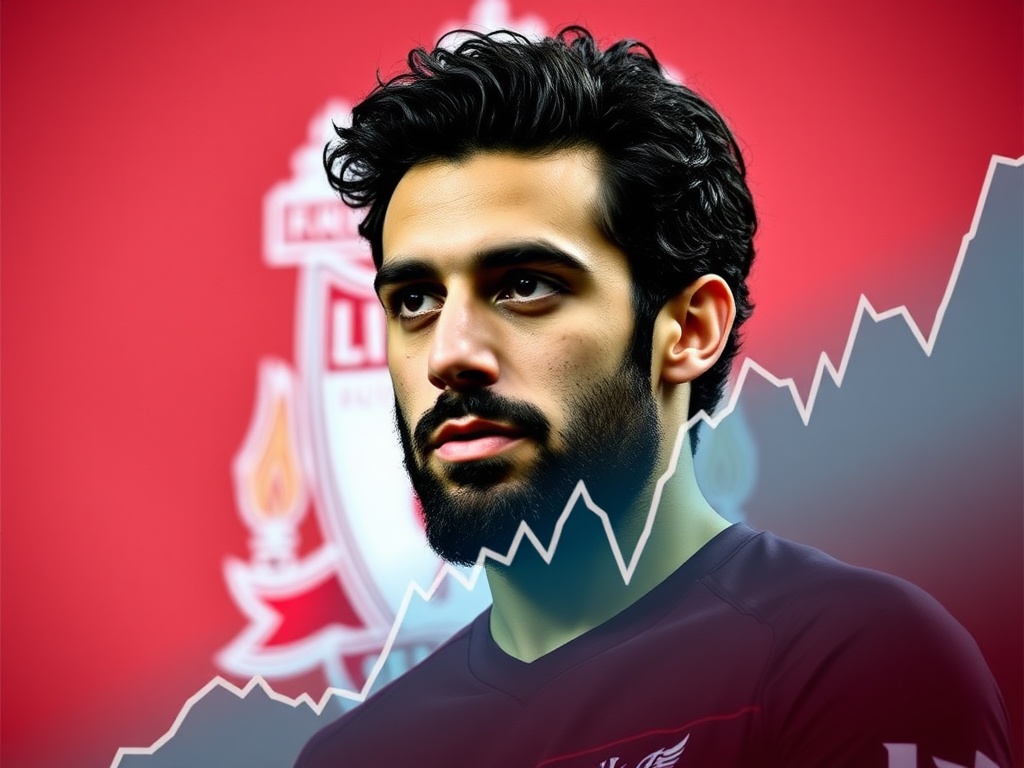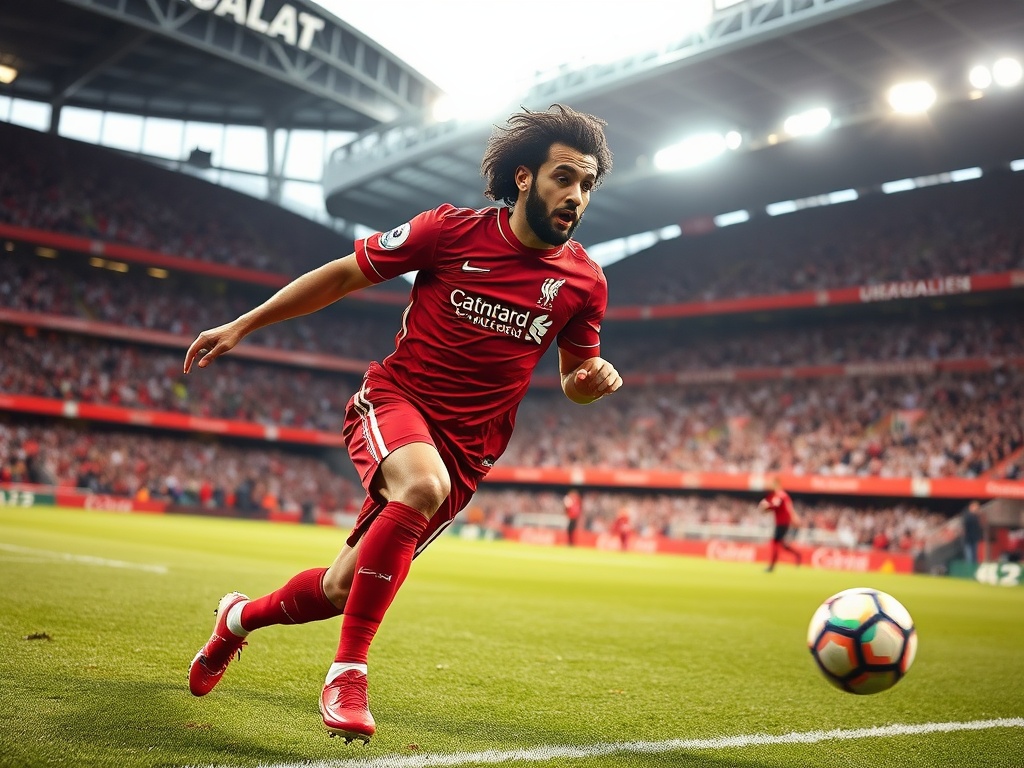TikTok Can’t Ignore Salah’s Brilliance

Nothing escapes the watchful eye of TikTok. Pep Guardiola’s affectionate admiration for Mo Salah, showcased in his exuberant celebration at the Etihad, could be seen as a cheeky indication of a potential future transfer: “We’ll have you if they won’t.” Despite the flurry of statistics heavily favoring him, Salah’s future at Liverpool remains shrouded in uncertainty. After his match-winning performance against Manchester City, Salah notched his 30th goal of the season across all competitions, while his assists climbed to an impressive 21, thanks to a sublime pass converted by Dominik Szoboszlai. Notably, no player in Premier League history has recorded 25 goals and 15 assists by March.
On days like Sunday, it’s easy to be convinced that a 22-year-old was wreaking havoc rather than a seasoned 32-year-old. This non-drinking athletic marvel, with the body fat percentage of a flyweight boxer, has mastered the art of timing his bursts of energy with remarkable precision. His manager, Arne Slot, aptly noted that “nothing seems hard for Mo Salah at the moment.”
Unconditional Love from Liverpool Fans
There isn’t a single Liverpool fan who would deny Salah the lucrative contract he desires. No player has garnered more affection from fans than the Egyptian King, not even club legends like Steven Gerrard, Luis Suarez, or Kenny Dalglish. The chant, “Mo Salah! Mo Salah! Running down the wing,” echoes the unwavering support he receives.
However, it is not the responsibility of Liverpool’s owners to express their personal devotion to this all-time great. In fact, the opposite is true. The Anfield financial strategists are tasked with removing emotional biases from their decisions, focusing instead on the evidence supporting long-term viability in the Premier League. Unfortunately for Salah, the financial numbers tied to his current wages do not paint a rosy picture.
Consider Kevin De Bruyne, who is just a year older than Salah and also in the final year of his contract at Manchester City. Just a fortnight before his 32nd birthday, De Bruyne lifted the Champions League trophy. Yet, barely 20 months later, he found himself sidelined, deemed unusable by Guardiola for a critical Champions League fixture against Real Madrid. This serves as a cautionary tale for Salah, who has been at Liverpool for eight seasons, racking up nearly 400 appearances—averaging 40 matches per season. The Egyptian seldom misses a game, and when combined with the over 250 matches he played at prior clubs like Al Mokawloon, Basel, Chelsea, Fiorentina, and Roma since 2010, it amounts to an enormous amount of football.
The Impact of Age on Performance
While Salah’s injury record is commendable, he is increasingly vulnerable to the natural effects of aging and the toll of a 15-year professional career. No one can outrun time forever. De Bruyne, once the heartbeat of City’s success, is now facing exhaustion, effectively running himself out of Guardiola’s plans.
Salah has adeptly learned to manage his energy, employing a more economical approach to his movements. The explosive bursts of speed that once characterized his play are now reserved for crucial moments, still executed with devastating impact. It’s all about strategy; Salah aims to maximize his value, balancing his performance with the financial expectations of the Fenway group.
This careful calculation isn’t new, but it has become more complex in the current evolution of football. Liverpool’s financial strategies are resolute, unaffected by fleeting emotions or impulsive decisions. The analysis is based on tangible metrics, measuring rates of change. Although Salah remains an extraordinary athlete, the broader historical context regarding 33-year-old footballers—especially in the most demanding league in the world—offers an unflattering outlook on the terms he seeks.
Performances like the one Salah delivered on Sunday, particularly in high-stakes matches and during a record-setting season, may seem like a clear endorsement for fans. However, the analysts in Liverpool’s technical department are guided by facts rather than sentiments. If emotions were part of the equation, one might argue that De Bruyne’s declining contributions could be weighed against Salah’s relentless energy. Ultimately, it will come down to hard cash. Moneyball principles emphasize the pursuit of undervalued gems, like Salah circa 2017, rather than the financial burden of superstars like Salah in 2025.
